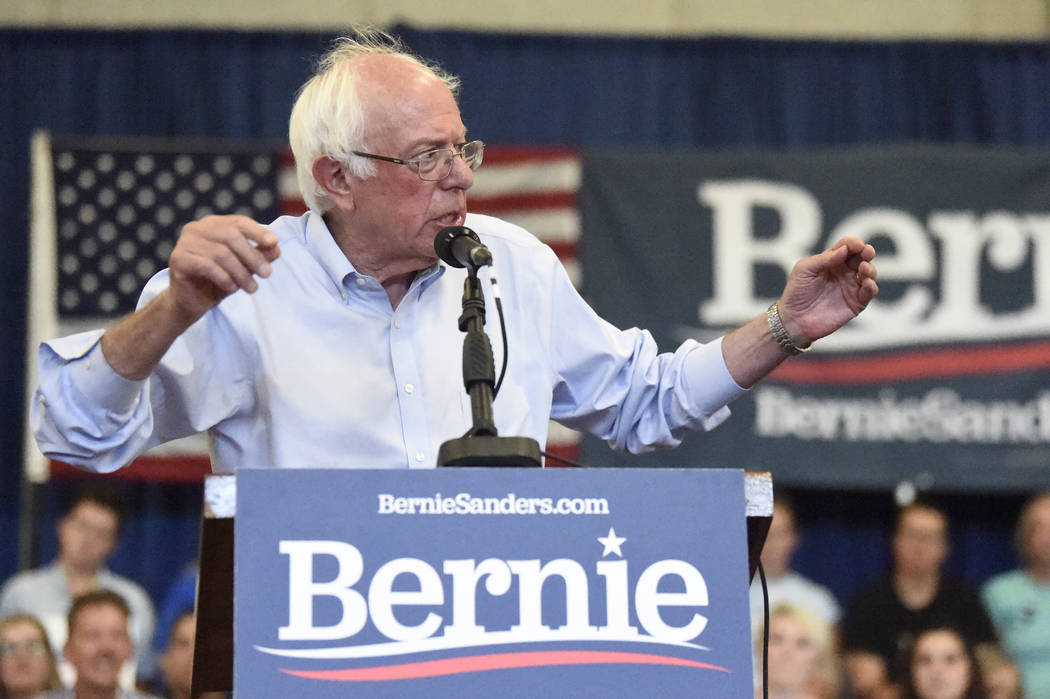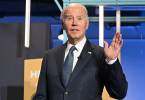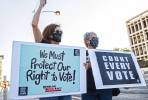EDITORIAL: Government takeover of student loans previews problems of single-payer health care
Democrats advocating for the nationalization of the U.S. health care industry generally play it coy about the potential costs. But a consistent theme embedded in their arguments is that outlawing private medical transactions would actually save money by eliminating payments, profits and overhead associated with the nefarious insurance industry.
We’ll set aside the fantastical notion, at odds with centuries of history, that politicians and bureaucrats can more efficiently allocate resources and adequately meet consumer demand than professionals and entrepreneurs operating in the marketplace. Rather, one need look no further than the student loan debacle to find the inevitable result of federal central planning.
Recall that in 2010, congressional Democrats initiated a federal takeover of the student loan industry. Sen. Elizabeth Warren even claimed that removing private financial institutions from the equation would save billions of dollars. Sound familiar?
Fast forward almost a decade. As The Wall Street Journal noted this week, “severely delinquent student loans have soared since 2012” and now exceed default levels for car loans, credit cards or mortgages. The estimated cost to taxpayers, according to the Congressional Budget Office, is now $306.7 billion over the next 10 years, the Journal reports. Even many of those who are current on their obligations are paying down only a tiny portion of their balances each year, Bloomberg News found.
“At this rate,” the Journal calculated, “the U.S. Treasury’s existing student loan portfolio wouldn’t be repaid for 100 years.”
In addition to employing accounting gimmicks to lowball costs for political purposes, the Obama White House also underestimated the costs of administering the student loan program. “In 2010, the government spent $800 million in ‘administrative costs,’ which CBO projected would increase to $1.2 billion by 2019,” the Journal reports. “The government’s overhead tab this year was $2.9 billion.”
When it comes to health care, the dollar amounts being tossed about start with a “t” rather than a “b.” Yet just like they did with student loans, Democrats again insist that a government-run system will save money. Established patterns, however, prove otherwise. When Medicare was launched, the entire program cost $3 billion in 1966. Congress projected that figure would rise to $12 billion, factoring in inflation, by 1990. The actual total was $107 billion.
Author George Santayana once had something to say about the fanciful cost projections bandied about by progressive supporters of government-run health care. Those who do not remember the past are condemned to repeat it.





























